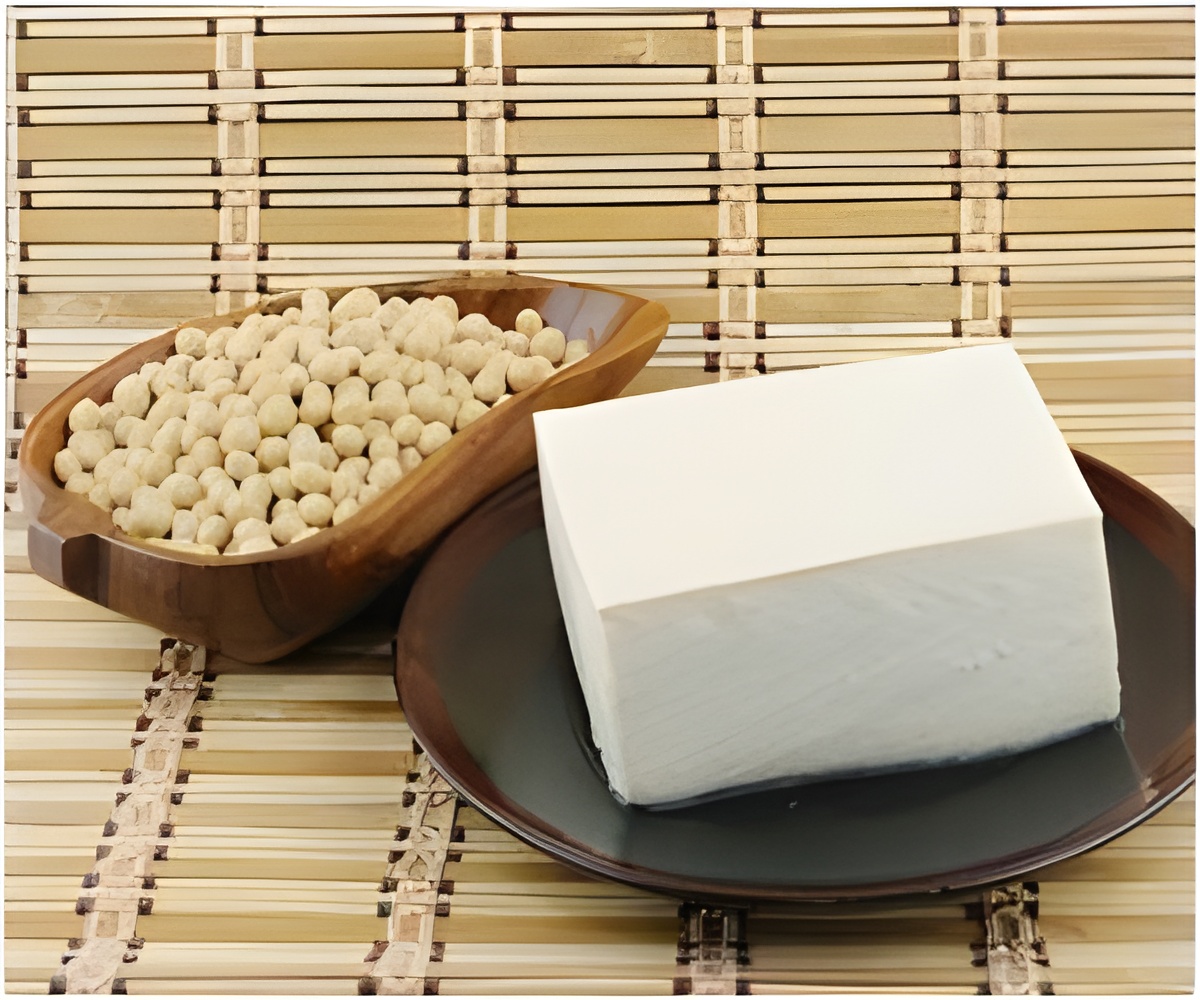
Higher concentrations in poultry products
Sulfonamides, macrolides and other antibiotic traces have been found, as well as anthelmintics (anti-worm) and fungicides. In total, they found five veterinary drugs in milk powder and ten in meat products, especially if they were chicken or other poultry.
The study that is published in the Food Chemistry journal, suggests that this could be because in some farms there is no thorough control on the administration of drugs to animals.
Until now, the European Commission has regulated the levels of pesticides and other substances in cereal based foods for children and babies, but not in animal based foods. As a result of the lack of regulation, a zero tolerance policy is usually applied to veterinary drugs in food, as they can cause allergic reactions, resistance to antibiotics and other health problems.
Advertisement















